This is a short blog on how to improve your downhill running technique and how to utilise the downhill sections of a race to your advantage.
One aspect of your running which can quite readily be quickly and vastly improved is downhill running.
I was often left frustrated during road or XC races as a result of being overtaken by people on the downhills after having passed them on the uphill sections. As a result of this, I set about researching and working on how I could improve this aspect of my racing. Also, there are many runners who “take a break” during the downhill sections – making this an area of great potential gains.
The benefits in practising the specific skill of this area can be seen in the gap you can open up over fellow competitors who have not given much, if any, thought to utilising the downhills to their benefit. Here’s what I learned:
Practice should be carried out on grass, forest or woodchip downhill areas. A gradient of 5-6% is preferable and the key features to address are as follows:-
- concentration
- relaxation
- gravity
- short strides
- avoidance of heel strike first
- body angle
- driving off the ball of the foot
Here is a look at each of these area in more detail:
Concentration
Focus on the fact that you are trying to get down the hill as quickly as possible then concentrate on the following factors.
Relaxation
There should be no tension in arms, shoulders or legs. Drop your shoulders but continue to drive your arms – I always think of Wilson Kipsang’s style of running as I do this.
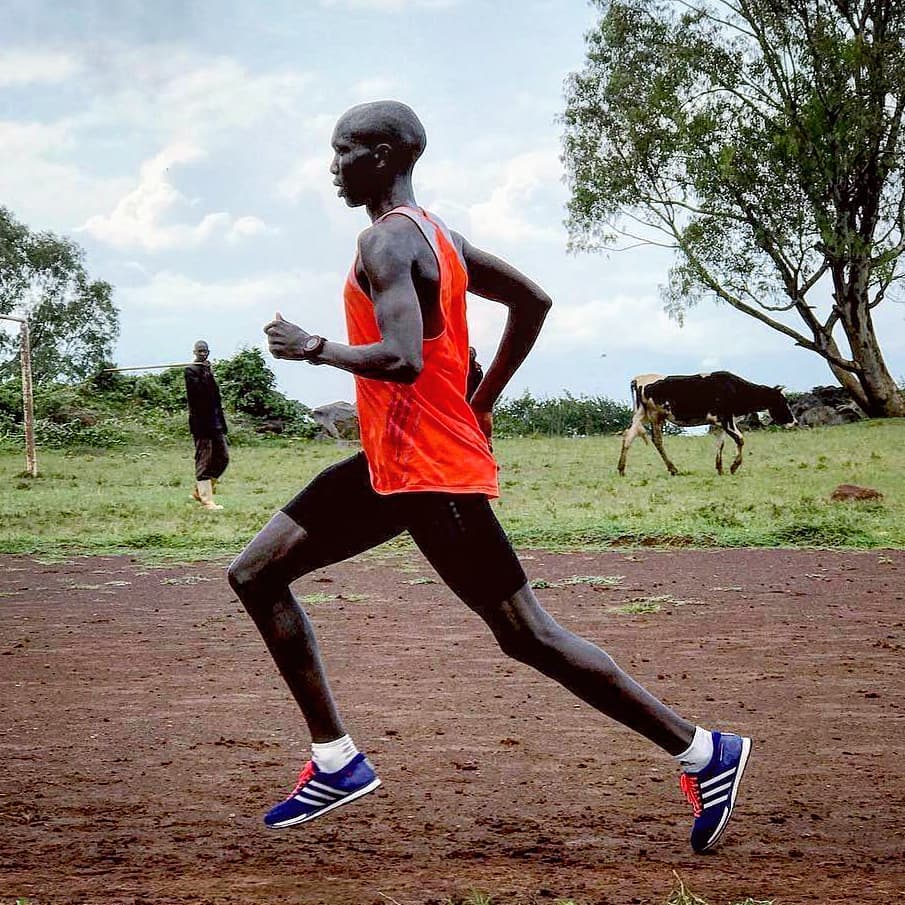
Wilson Kipsang training at Tambach Athletics Track. Notice his slight forward lean and forefoot strike.
Gravity
Let your body weight do most of the work – try to worry less about putting the brakes on.
Heel strike avoidance
If you land on your heels this will act as a brake. Concentrate on landing on the ball of your foot or midfoot.
Short strides
Increase your leg cadence relevant to that on the flat (as long strides will encourage a heel first landing and thus braking)
Body angle
Aim to lean forward slightly (from the ankles not just the waist)
Driving off the ball of the feet
This is the final factor to take into account once the rest are in place.
Practice the above regularly and you will be surprised how the skill of downhill running quickly becomes part of your weaponry in a race, and the impact that can then have on your overall performance.
Thanks,
Myles
About the author
Myles Edwards is part of Kenya Experience senior management and a long time friend and advisor to KE founders Gavin & Lauren. Myles is co-founder of the inspirational Gathimba Edwards Foundation (GEF), an international distance runner, and a veteran of many years of experience in Iten. He splits his time between Aberdeen in Scotland and Iten where his charity GEF do remarkable work improving the lives of local people.
Kenya Experience – Running Camps in Iten Kenya for runners of all levels
Our running camps provide an inspirational location, expert coaching and a supportive group environment for runners of all levels.With an emphasis on ‘doing it the Kenyan way’ the camps include guided runs, practical workshops and an exciting itinerary outside of the actual training itself which will immerse you inside the Kenyan running scene. You will meet and learn from top Kenyan runners & coaches and interact with the local community in Iten under the guidance of our expert staff.Want to know more? Click here for details on our training camps
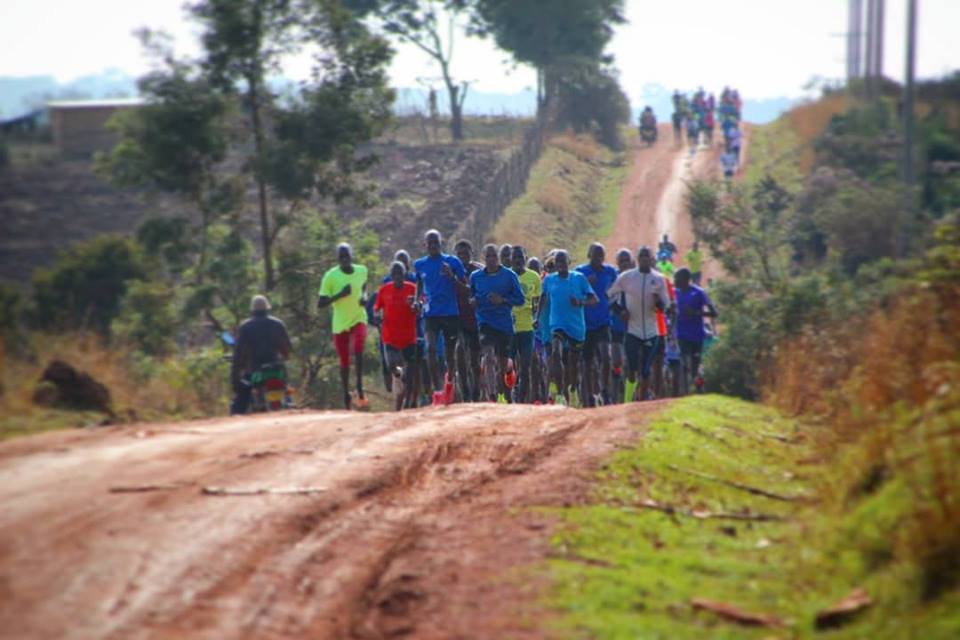
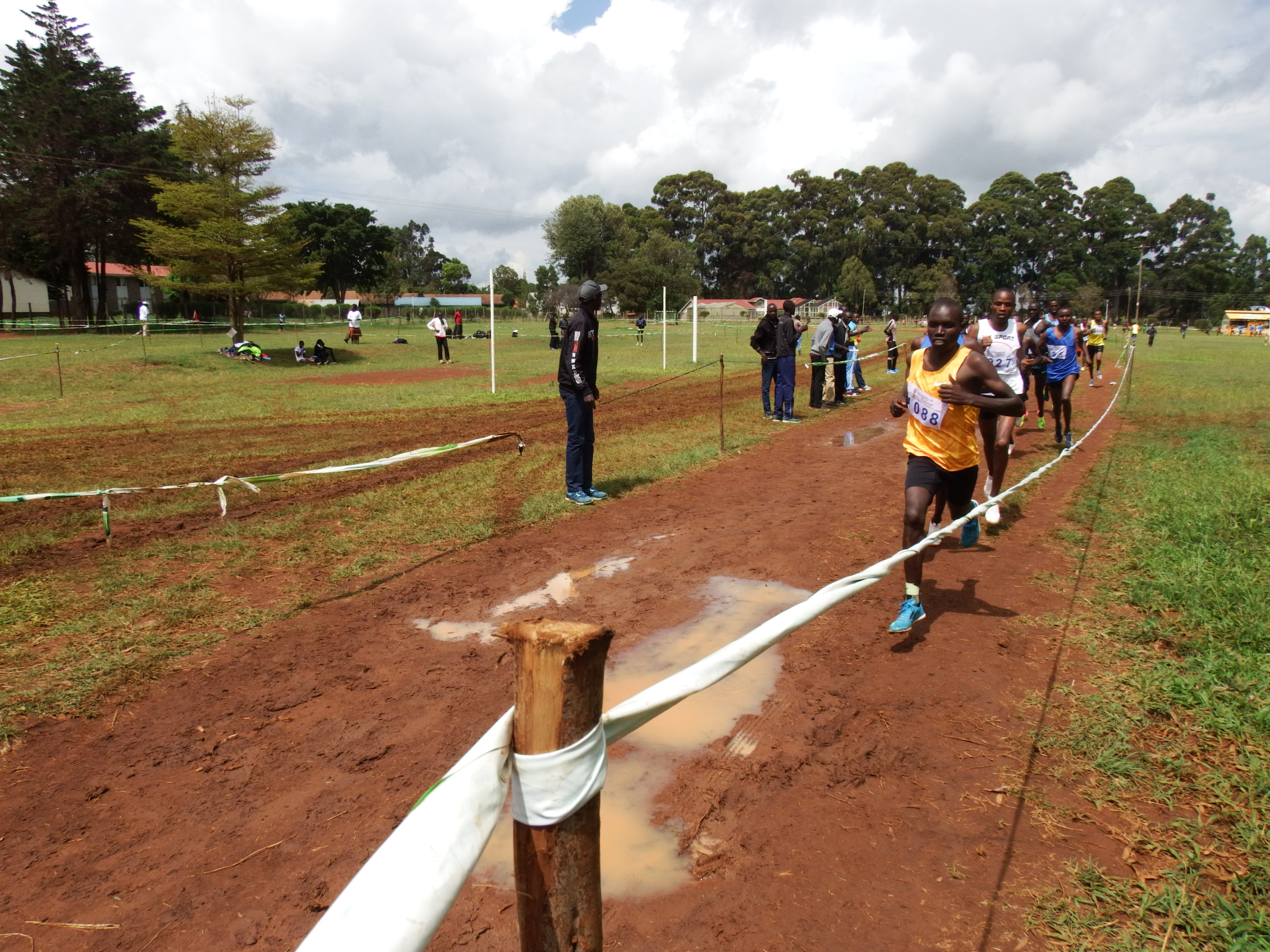
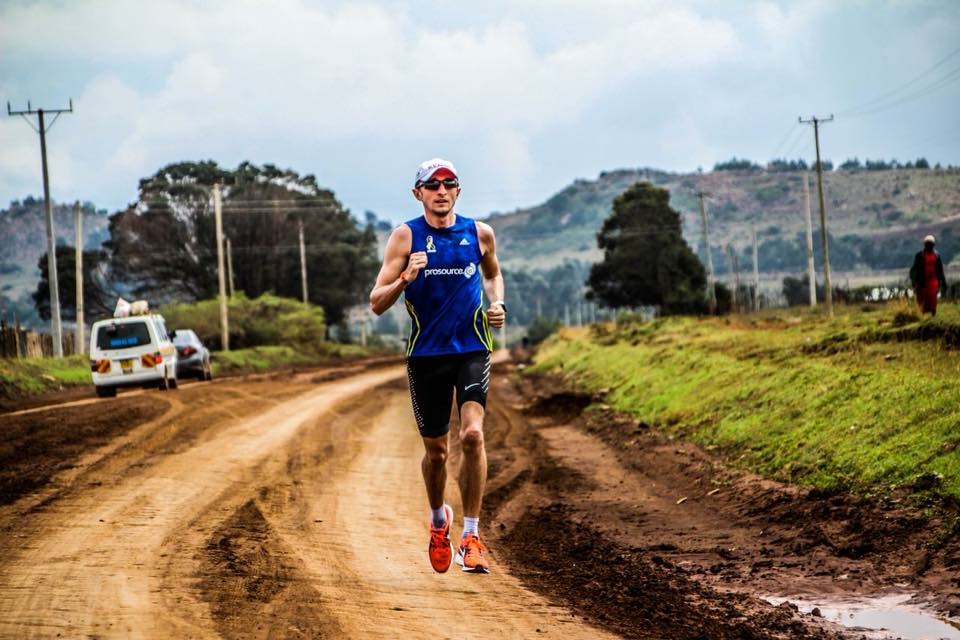
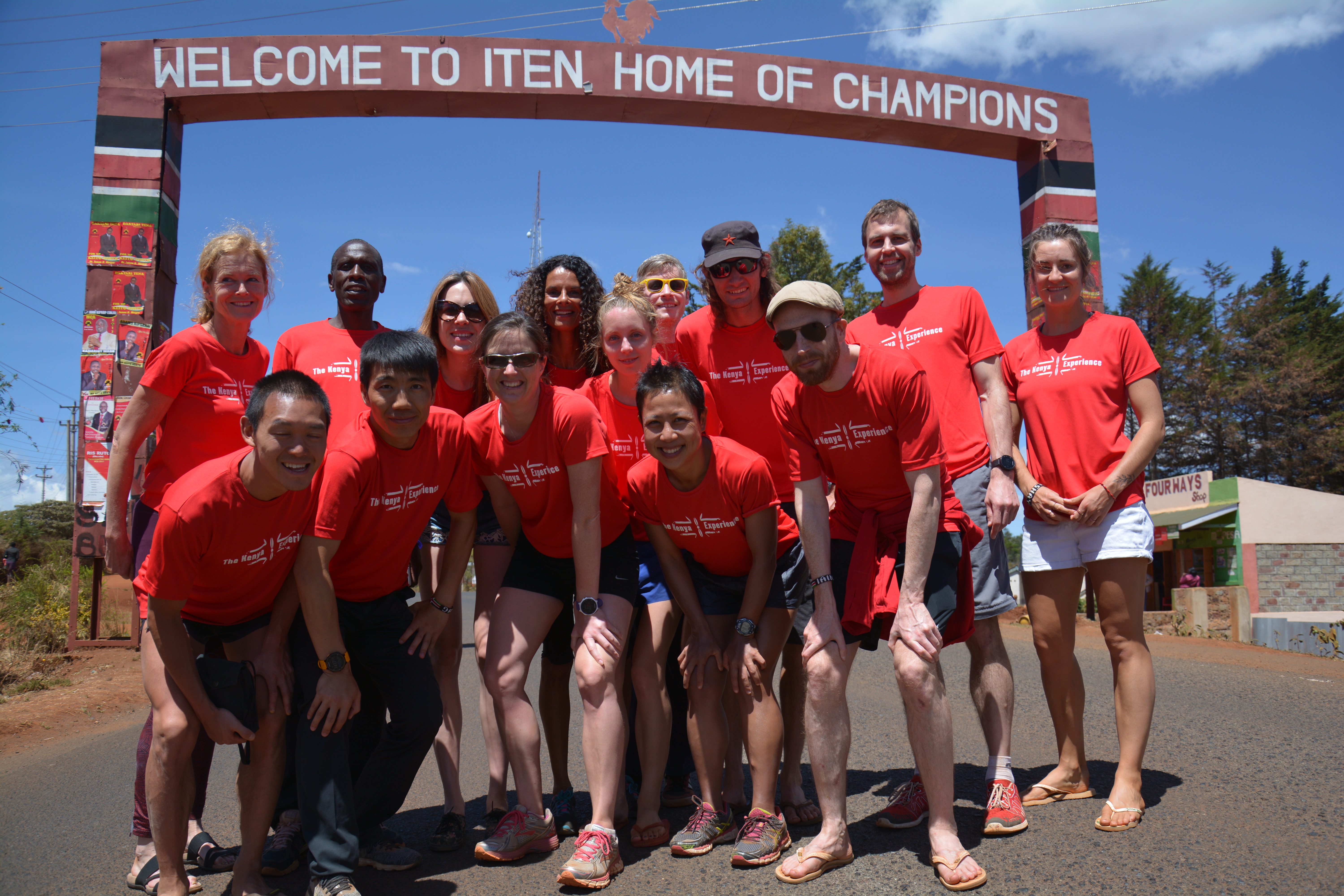
Recent Comments